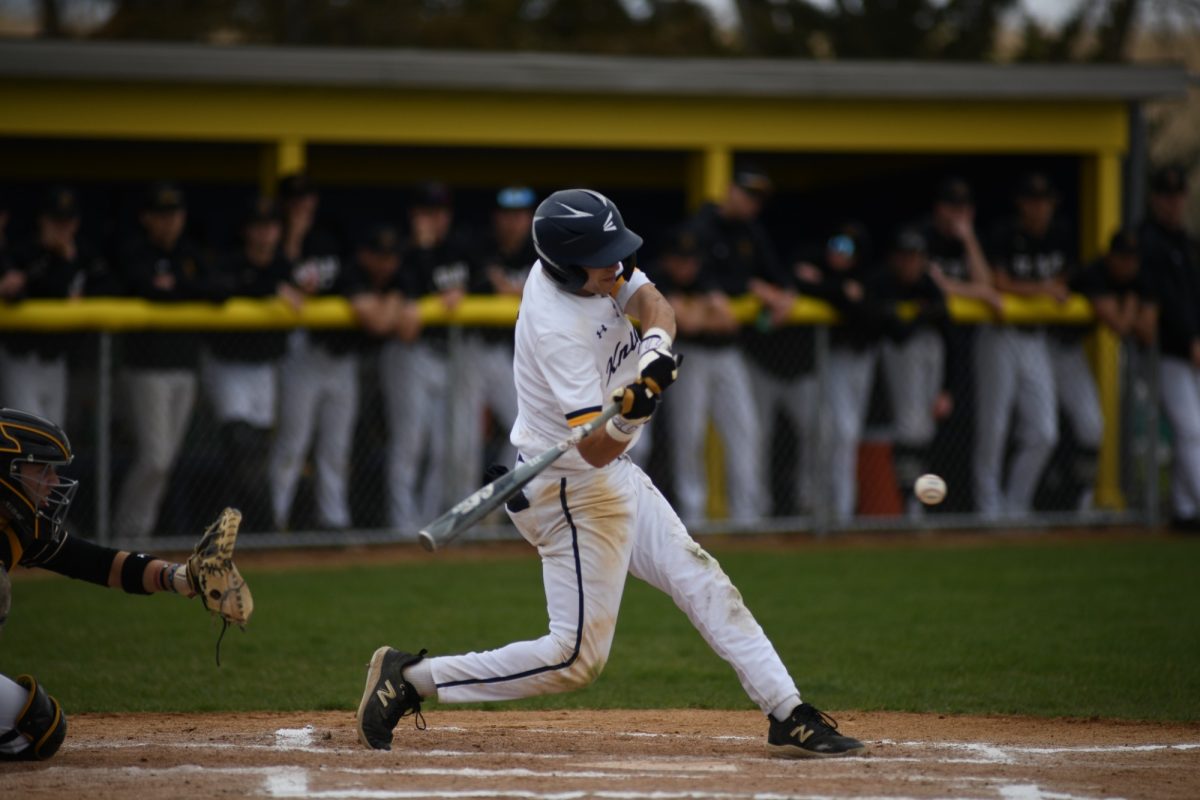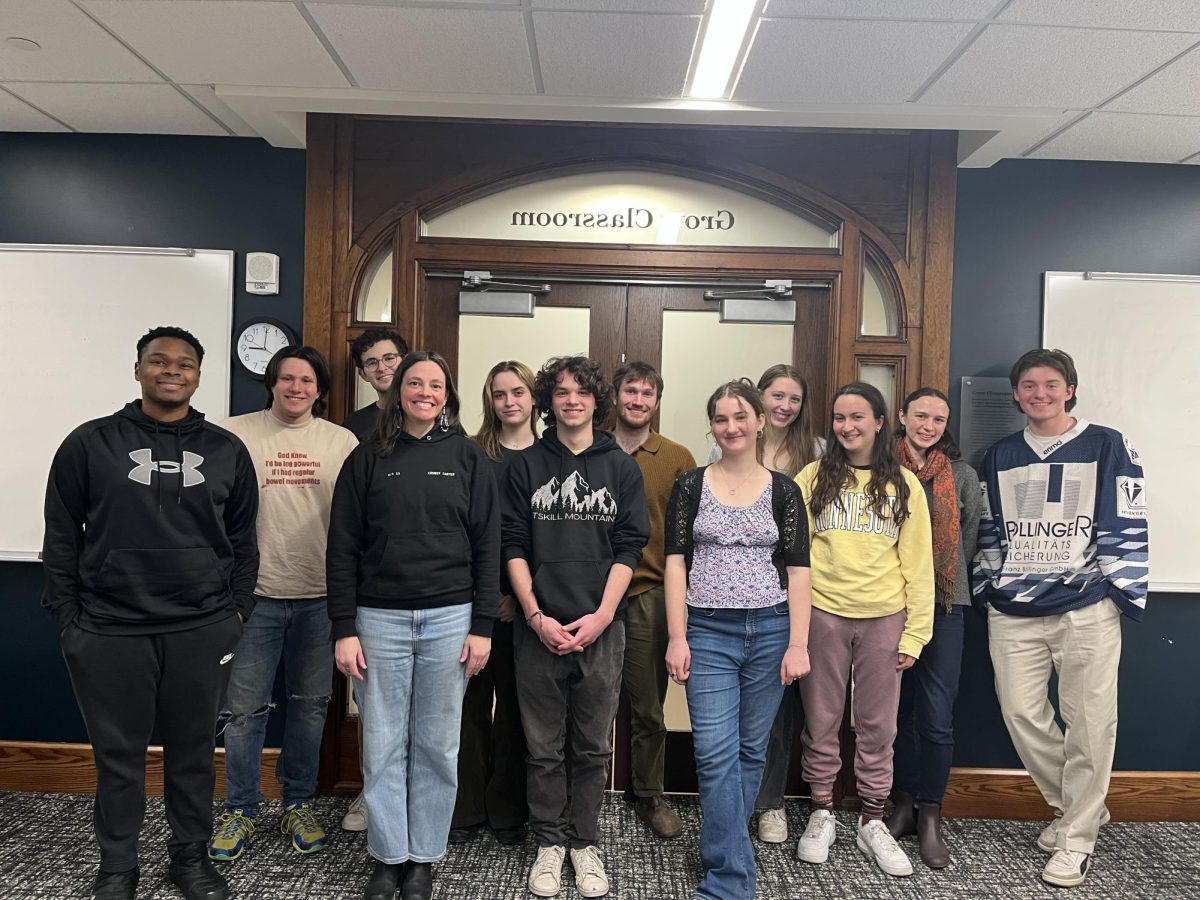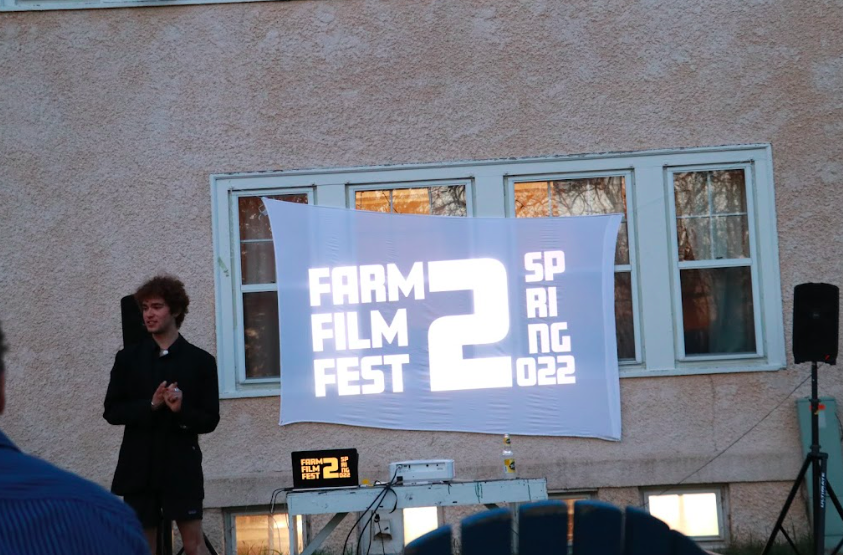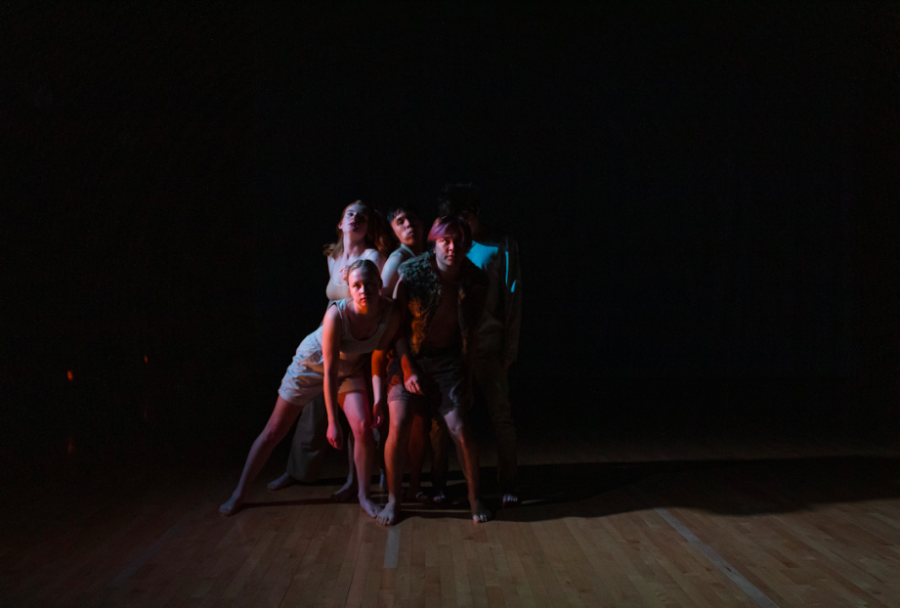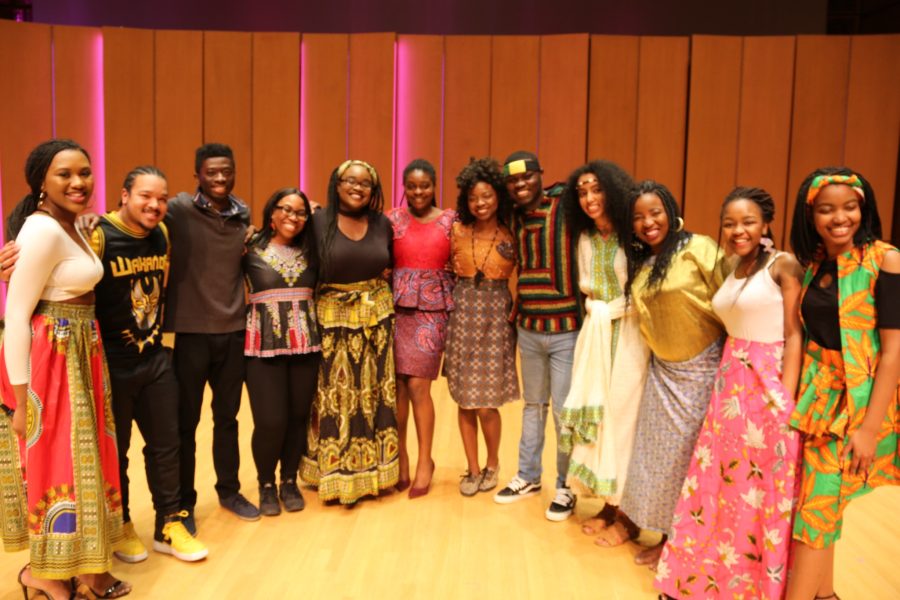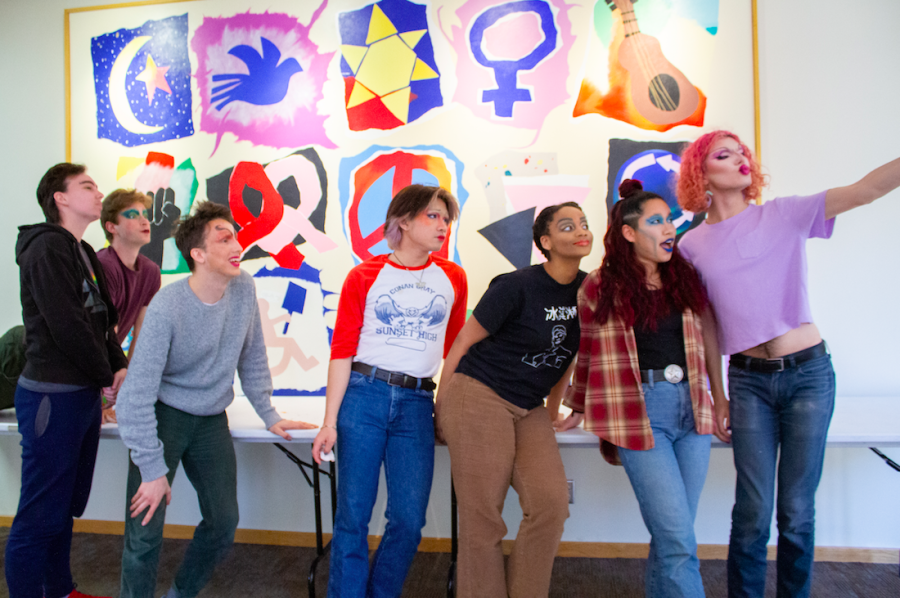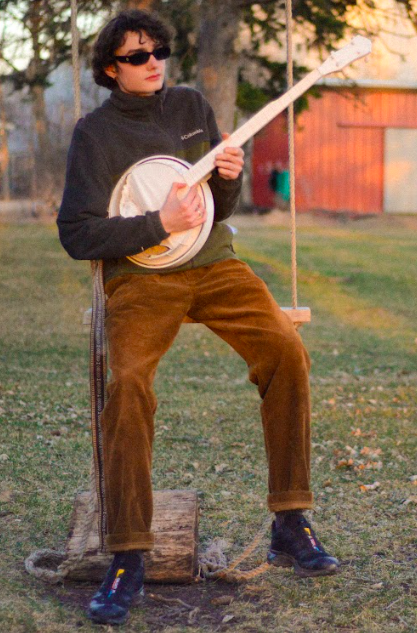As the temperatures in Northfield once again drop and the snow starts to stick, many students raise the question of why Carleton students can’t use the tunnel system. Opened in 1910, the first tunnels were built to move steam from the central heating plant to buildings on the west side of campus. Before long, the tunnels were open to students, and additions were added to make the campus more interconnected.
According to an article published in The Carletonian on Jan. 13, 1990, following the stabbing by a Northfield teenager of a swimmer in the tunnel connected to Cowling, the tunnels were closed temporarily beginning in Oct. 1988. The gravity of that event, coupled with consistent instances of vandalism, led the school to reevaluate the use of the tunnels and make the closure indefinite.
“The biggest advantage of the tunnels was that they took a little of the edge off winter for students who had not spent time in a cold climate,” Paul Gore ’91 said. “Since I grew up in Minnesota, cold winters were not new for me, but it was sort of novel to walk through the tunnels, appreciate the graffiti, avoid snow and ice outside etc.”
As the winter weather sets in on campus, the thought of an insulated commute sounds appealing, but alums recall the experience of traveling through the tunnel system for more than just their convenience.
“There was sort of an “industrial commuter” vibe about walking through cement tunnels past pipes, electrical conduits, and air ducts on your way to class or going to see friends in another dorm,” said Gore.
This kind of culture was locked away along with the tunnels, but more than a few curious students have ventured below the surface in search of the iconic graffiti art. The twister board painted on the floor, the yellow brick road, and countless other works of art still adorn the walls and are the cornerstone of the culture around the tunnels.
On the closure of the tunnels, Gore spoke to the wider trend on campus of increasing institutional caution around liabilities.
“I remember the rationale at the time was that it was a safety issue, and I am wondering if that was another example of an increased sense of liability on campus… and society in general, really,” Gore said. “The 1986-87 academic year was the last year that the college provided beer at campus events (like bands in Sayles-Hill). I’m sure the decision to stop serving beer was based on potential liability for enabling underage drinking.”
It turns out that, at least for the tunnels, that was exactly the concern of the administration.
Thanks to the research of several students in the Digital Arts and Humanities class Hacking the Humanities, run in 2022, the history of the tunnels has been compiled in a public database available online. This wealth of research made it possible to follow a detailed timeline of the tunnels, including documentation of the closure.
After the 1988 closure, Carleton had the firm Alexander and Alexander reassess the liability insurance costs if the tunnels were to reopen. The estimate rang in at a shocking $278,500 ($631,000 adjusted) to update safety features and make maintenance repairs, plus an additional $19,200 yearly for security. Such a high cost discouraged Carleton administration from undertaking any kind of reopening project at the time.
In a Feb. 28, 2014, a Carletonian article covering the tunnels, the head of security, Wayne Eisenhuth, cited a “Long history of sexual assaults, assaults, vandalism, medical emergencies, harassment, fires, disorderly conduct, trespassing, etc.” Eisenhuth believed this made a reopening highly unlikely.
For Carleton administrators, the risk still isn’t worth the reward. According to a Nov. 15, 2019, Carletonian article, it would be more logical to build new tunnels rather than invest in repairs for the originals. With all of these factors to consider, it is unlikely that administrators will change their position on the closures any time soon.


